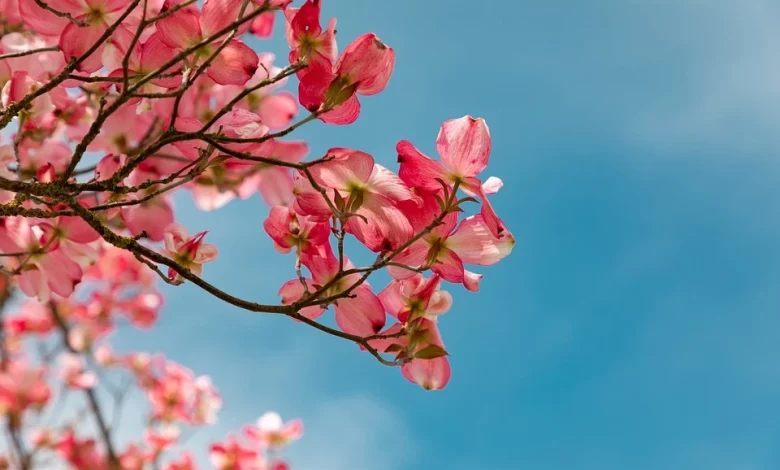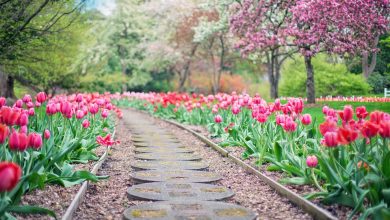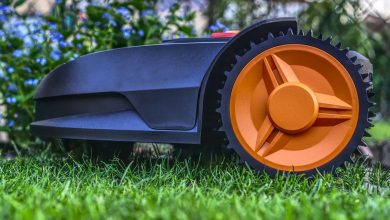How to Select the Right Plants For Your Garden

Choosing the right plants for your garden depends on several factors, including climate and soil type. If you live in a cool climate, you won’t grow a camellia, while lilacs prefer heat. If you’re not sure what grows best in your climate, you can check out a gardening zone map. You can also talk to gardeners and the staff at nurseries to get a better idea of what will thrive in your region. One common mistake is buying a plant that will not grow properly in your garden.
Soil type
Knowing your soil type will give you a better idea of which plants will do best in it. If your soil is sandy, you can choose plants that have deep roots in sandy soil, such as tulips. On the other hand, if your soil is heavy clay, you can plant shrubs, ferns, and other plants that prefer alkaline soil. Soil pH is a critical factor in determining which plants will grow well in this type of soil.
Climate
To create a lush, beautiful landscape, you must choose the right plants for the area you are gardening. For optimum growth, plants need appropriate locations, water availability, and sun patterns. A plant that grows well in the right location will not need much attention and will be more resilient to damage and attack. If it is placed in the wrong spot, it may require extra care to survive. Here are some tips to help you choose the right plants for your garden.
Trees
If you want to plant trees in your garden, it’s important to choose those suited to your soil type, climate, and growing conditions. Some trees need full sun for best growth, while others do better in partial shade. To ensure a healthy and long-lived garden, consider the following factors. Your planting location should have adequate soil drainage. If it doesn’t, consider installing a drip irrigation system.
Annuals
Choosing the right annuals for your climate is crucial. You must choose plants that will survive in the region in which you live, including cold, wet, and humid conditions. Tender annuals can’t tolerate cold weather, so they are often grown as annuals in less temperate climates. If you are unsure of the hardiness of annuals in your area, you can consult a nursery representative for guidance. Generally, you should plant annuals after the last frost has passed. You also need to know how much sun your plants will receive each day, either full or partial.
Perennials
When planning a perennial garden, it is helpful to group plants according to their cultural and environmental needs. For instance, drought-tolerant perennials should be planted on the sloped area of your garden, while moisture-loving plants are best planted in a low-lying area. This method is called hydrozoning. If you don’t know a lot about plants, ask your fellow gardeners for advice.
Mixing annuals and perennials
There are some advantages to mixing annuals and perennials in your garden. While annuals are easy to start and make quick, rapid growth, perennials are long-lived and require more planning. But the added benefits may outweigh the disadvantages. Listed below are some of the reasons to combine perennials and annuals in your garden. They’re also excellent companions and provide a variety of special surprises throughout the year.
Soil pH
Soil pH is an important factor in a healthy garden, and some plants prefer an acidic soil, while others do best in a slightly alkaline one. Fortunately, plants do not need extreme pH levels to thrive. Most plants grow best when the soil pH is between 6.0 and 7.0. A soil test can help you determine what level your soil is at, and there are many ways to make minor adjustments organically.



